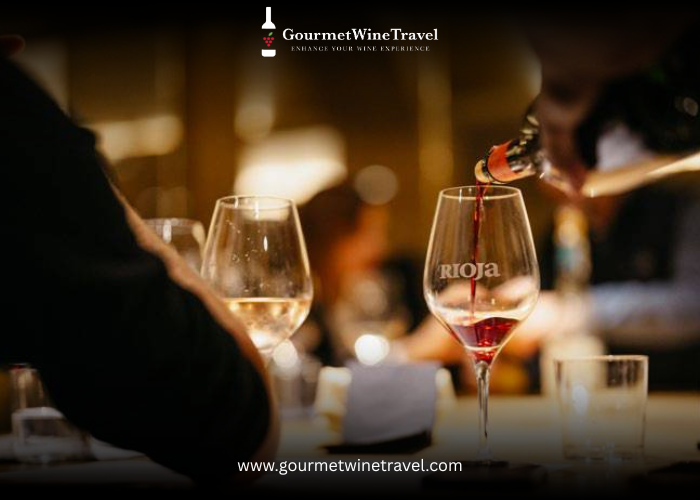
The Rioja Century – 100 Years of Taste, Tradition & Triumph
Introduction
As the sun sets over the rolling vineyards of northern Spain, the celebration of a milestone echoes through every barrel, glass, and vine: Rioja turns 100. A century since the region was formally granted its designation, Rioja’s story is one of passion, perseverance, and reinvention. Here’s a deep dive into how this storied wine region forged its legacy — and what lies ahead for the next one hundred years.
Origins, Identity & the Birth of Rioja as a Protected Region
Though winemaking in the Rioja area dates back to Roman times and earlier, the modern institutionalization of Rioja began in the early 20th century.
On June 6, 1925, a Royal Decree officially created the Rioja Protected Designation of Origin (D.O.), making it Spain’s first appellation of its kind. Over the ensuing years, regulation, oversight, and quality standards were established to ensure Rioja wines would be consistent, traceable, and distinct.
By 1991, Rioja had earned the higher status of Denominación de Origen Calificada (DOCa) — the highest Spanish classification — reflecting its renowned quality and rigorous standards.
Over its 100-year institutional life, Rioja has grown from a regional designation to a global symbol of Spanish winemaking excellence, exporting to more than 136 countries today.
Growth, Structure & the Modern Rioja
Winegrowers & Wineries
The Rioja centenary is not just about regulatory stamps — it’s about people. Today, the region supports over 13,000 winegrowers and nearly 600 wineries, creating a complex and vibrant community dedicated to the land.
The diversity of producer styles is wide: from small, family-run bodegas preserving tradition, to innovative firms pushing boundaries in vineyard science and winemaking.
Terroir, Zones & Diversity
Rioja is divided into three primary sub-regions, each with its own character and climate:
- Rioja Alta: Higher elevation, cooler climate, wines with finesse and structure.
- Rioja Alavesa: Known for mineral depth and a balance of fruit and earth.
- Rioja Oriental (formerly Rioja Baja): Warmer, more Mediterranean influence, producing riper and more robust styles.
Together, these zones contribute to Rioja’s signature diversity — red, white, rosé, oxidative styles, and now even sparkling Rioja.
Innovation Meets Tradition
While Rioja holds tradition dear, the last decades have seen bold steps in modernization:
- The introduction of temperature-controlled fermentation and more precise cellar techniques improved freshness and balance in wines.
- In 2008–2009, the regulatory council approved six new grape varieties to enhance the complexity of Rioja’s whites, broadening the stylistic possibilities.
- In 2017, Rioja added the Viñedo Singular designation — a recognition of unique vineyard sites — to accentuate terroir and single-vineyard identity.
- Sustainability and balance are at the forefront of Rioja’s current strategy: the 2023–2025 plan aims to optimize vineyard production, reinforce quality control, reduce bureaucracy, and ensure Rioja’s legacy remains credible and vibrant.
The Centennial: Celebration, Symbolism & Milestones
A Royal Toast & Grand Ceremonies
On June 6, 2025, King Felipe VI presided over a historic centenary celebration. The festivities took place across iconic Rioja locales — Marqués de Riscal, Marqués de Murrieta, and the Barrio de la Estación in Haro, a neighborhood deeply tied to Rioja’s rail-era expansion.
At the event, a venerable Rioja from the 1925 vintage was opened — a symbolic bridge between past and future, allowing attendees, including the King, to taste a century-old wine.
A sculpture titled the “Rioja Centenary Space,” composed of 100 iron pieces, was also unveiled. The artwork is designed as an evolving sphere, representing the ongoing story of Rioja and the generations to come.
Global & Local Commemorations
Beyond Spain, Rioja’s centennial has been celebrated in wine capitals around the world — from tasting events in Hong Kong, New York, Shanghai, and beyond.
Within Spain, Rioja organized dozens of events: masterclasses, public tastings, exhibitions, and promotional campaigns to rekindle interest in Riojan heritage and raise global awareness.
Legacy, Challenges & the Horizon Ahead
Balancing Tradition & Change
As Rioja celebrates 100 years, the region faces a subtle but spirited debate. Some traditionalists worry that the push for modern styles may dilute Rioja’s identity; others believe evolution is essential to meet changing market demands.
Rioja must tread carefully — preserving its hallmarks (oak-ageing, structure, typicity) while embracing freshness, new varieties, and sustainable practices.
Economic & Market Realities
In recent years, Rioja has shown resilience despite challenges in global markets. In 2024, the region marketed more than 240 million liters of wine, a slight increase from 2023.
It continues to lead in value among Spanish DOs, presents its wines in over 136 countries, and claims more than 40% of Spain’s DO wine export value.
Still, inflation, climate stress, regulatory pressures, and shifting consumer tastes mean Rioja will need to adapt thoughtfully.
Vision for the Next Century
As Rioja enters its second century, its strategy is grounded in these pillars:
- Territorial identity & terroir expression: more emphasis on the diversity within Rioja, especially through Viñedo Singular and zone-based labeling.
- Sustainability & climate adaptation: new vineyard practices, water management, lower yields for quality, and more organic/biocertified approaches.
- Innovation and flexibility: experimenting with fresher styles, limiting ageing, alternative vessels, and integrating new grape varieties responsibly.
- Promotion and storytelling: leveraging centennial momentum to reintroduce Rioja to wine lovers, collectors, and new markets — telling the human stories behind the wines.
A Toast to the Past, a Vision for the Future
One hundred years is a long time — but Rioja’s centenary is not a capstone, it’s a catalyst. Each bottle poured now carries centuries of lessons, dreams, and devotion. In Rioja, wine is not merely a product — it is a living culture, heritage, and ambition in liquid form.
To the next 100 years: may Rioja continue to surprise, to delight, and to endure.
For more visuals and updates on Rioja’s centenary, visit:
- Instagram: click here.
- Facebook: click here.
- LinkedIn: click here.

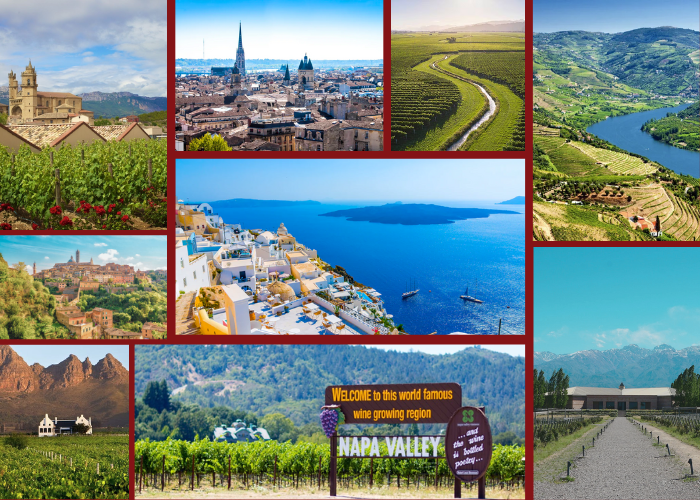
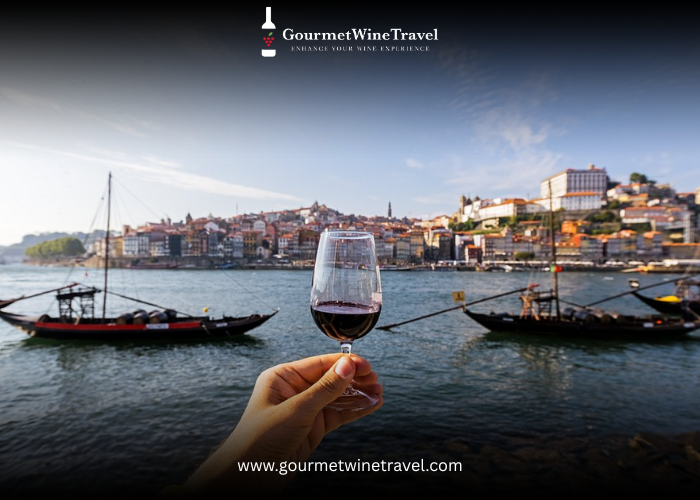
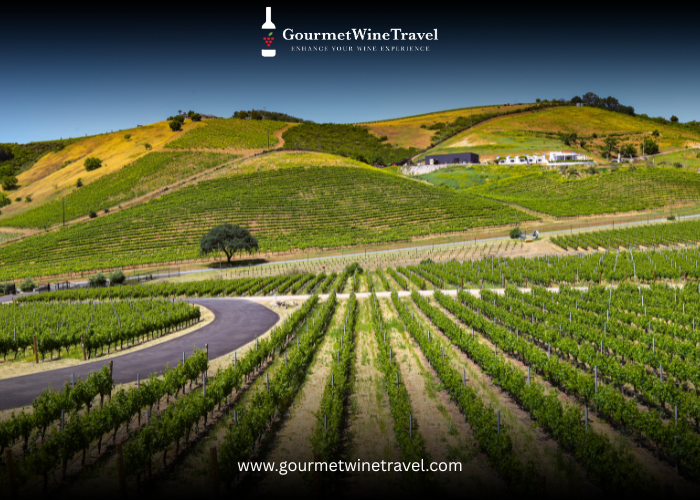
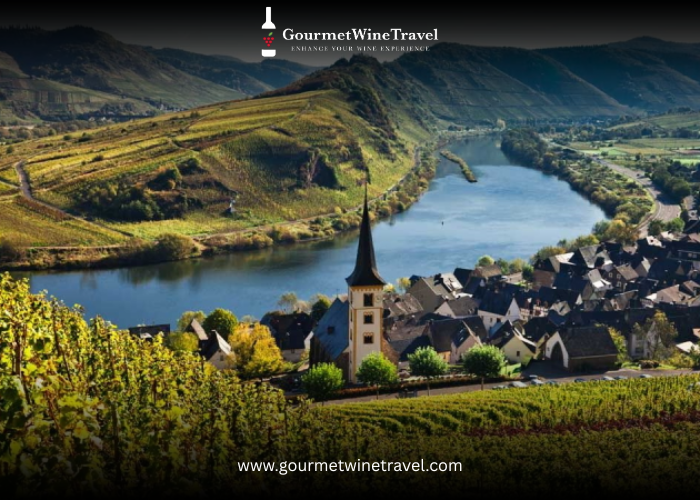
Recent Comments